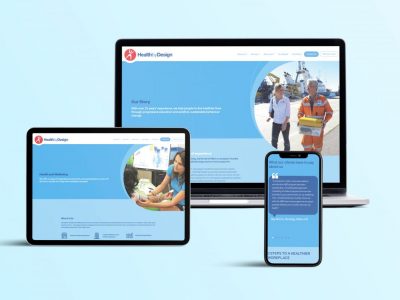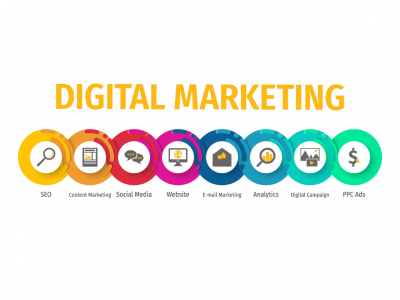The top 5 steps to creating a successful landing page

1: Be single minded on your topic.
What sets you apart from the competition? What specific benefits will customers get when they choose your product or service? A well crafted website landing page is an introduction, reinforcement, sales pitch and call to action all in one, and there should be no room for the viewer to become distracted or uninterested. Your target audience will exit quickly if they don’t find what they want, so it’s essential to catch their attention early with your unique selling proposition. The landing page should promote your product or service clearly and without ambiguity. Stay purposefully on topic and reel your audience in, convinced that you have exactly what they are looking for.
2: Create an impactful page header.
The purpose of the header is to promote your brand by making it instantly recognisable. Your audience needs to know you have what they are looking for. If your business or product is new or unfamiliar to your audience it’s a good idea to incorporate a graphic element that accurately reflects or showcases your business. A short block of text may also be a useful lead-in, enticing customers to read on. In a pure marketing sense, the header is valuable screen real estate that should encapsulates your business or brand.
3: Include clear and concise content.
An effective web design assists customers in making a decision. Trust is an important factor in any reciprocal relationship, especially if it involves handing over hard-earned money online. Clear and concise content will build trust with your audience, so you need to craft information that clearly describes what you have to offer. For starters, the headline should confirm to your visitor that they have come to the right place. Meaningful information conveyed in only a few words is easily digestible for consumers, and is a great way to build trust. Make sure your landing page doesn’t get cluttered with unnecessary information as it will dilute your message and confuse customers. Organise your information and break it up into clearly defined sections that can be positioned on your landing page for greatest impact. Images are a great alternative to separate information and attract attention, while adding visual appeal.
4: Provide proof.
After presenting the benefits of your product or service you will need proof to validate your claims. This can be provided in a variety of formats. If your product is selling well, or you are gaining a lot of customers, you can visibly point out the number of weekly sales or sign ups. Another method of proof is the personal testimony of a satisfied customer, preferably including a link to their company or organisation for added impact. People are mostly followers rather than leaders, and when they see that others have made a satisfying choice they expect to see the same results for themselves. Other proof includes the social signals on public networks, positive customer feedback, and awards or milestone achievements.
5: Include a call to action.
Your website landing page should inform, then hook the customer. A call to action provides the next step, which can be as simple as clicking an ‘enquire now’ button or entering an email address. A call to action should stand out – you have a compelling product or service and the landing page is no place to shy away from the limelight. Your call to action must be clear, visually uncluttered and provide a strong incentive for the viewer to make an enquiry.
Remember to be flexible and alter landing page elements to maximise results when needed. Small changes to a landing page can result in big improvements in sales. By incorporating these 5 steps in your landing page strategy you will be well on your way to online success.
Related Articles
-
3 Reasons Why You Need a New Website
A professional looking, lead generating website is the first step for any Digital Strategy. There are many good reasons for needing a new website, but below are the TOP 3 reasons ...
More -
What’s Important in Web Design Trends In 2022
Now that we are already halfway through 2022, you still have ample time left to improve your web design in line with the latest web design trends. Here are the most ...
More -
Benefits Of Digital Marketing to Real Estate Developers
Digital marketing is imperative for real estate developers. Real estate development is among the biggest and wealthiest industries in Australia. There is always a consistent, strong demand for housing, rental ...
More -
What’s Included in a Website Redesign Project?
A new website often means new opportunities to boost brand image and increase your business’ conversion rate. A website redesign project means revitalising your existing website. It involves optimising the ...
More




